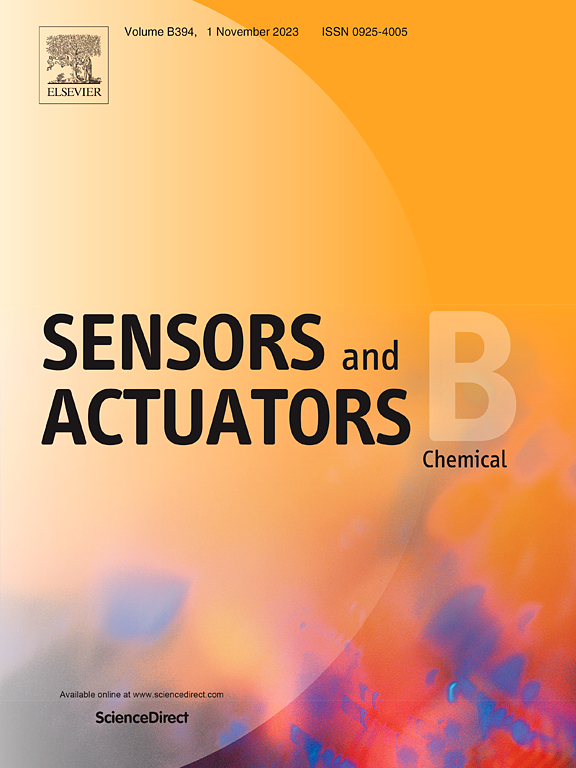Absolute calibration-free quantitation of electroactive species on screen-printed electrodes under limited diffusion conditions. A proof of concept
IF 3.7
1区 化学
Q1 CHEMISTRY, ANALYTICAL
引用次数: 0
Abstract
The advantages of the thin-layer diffusion regime introduced in the 1960’s can now be achieved through the simple spreading of a solution drop with an inert surface on a screen-printed electrode. Once a specific force threshold is exceeded, the solution volume remains virtually constant, while the micrometric volume of analyte and the limited diffusion ensure complete redox reactions. This allows for the direct quantification of soluble electroactive substances using Faraday's law, eliminating the need for calibration curves. This study includes 400 experimental results with four molecular probes (ferrocyanide, hexaamineruthenium (III), hexachloroiridic acid and carboxyTEMPO) and three techniques (chronoamperometry, cyclic voltammetry, and coulometry) to determine the necessary electrochemical cell volume for this configuration. Theoretical characterization of voltammetric and chronoamperometric responses established the conditions required for complete redox probe conversion. The data show that applying a typical force of 50 mN consistently creates a thin-layer cell of approximately 30 µm thick, independent of the solution amount on the electrode surface or the applied force. This method is expected to significantly impact the development of decentralized analysis across various applications.

有限扩散条件下丝网印刷电极上电活性物质的绝对免校准定量。概念验证
上世纪60年代引入的薄层扩散机制的优点现在可以通过在丝网印刷电极上简单地扩散具有惰性表面的溶液滴来实现。一旦超过特定的力阈值,溶液体积几乎保持不变,而分析物的微米体积和有限的扩散确保完整的氧化还原反应。这允许使用法拉第定律直接定量可溶性电活性物质,消除了校准曲线的需要。本研究使用四种分子探针(亚铁氰化物、六胺镅(III)、六氯环酸和羧基tempo)和三种技术(计时安法、循环伏安法和库伦法)进行400次实验结果,以确定该配置所需的电化学电池体积。伏安和时安培响应的理论表征确定了完全氧化还原探针转换所需的条件。数据表明,施加50 mN的典型力可以产生约30 μ m厚的薄层电池,与电极表面的溶液量或施加的力无关。这种方法有望对跨各种应用程序的分散分析的开发产生重大影响。
本文章由计算机程序翻译,如有差异,请以英文原文为准。
求助全文
约1分钟内获得全文
求助全文
来源期刊

Sensors and Actuators B: Chemical
工程技术-电化学
CiteScore
14.60
自引率
11.90%
发文量
1776
审稿时长
3.2 months
期刊介绍:
Sensors & Actuators, B: Chemical is an international journal focused on the research and development of chemical transducers. It covers chemical sensors and biosensors, chemical actuators, and analytical microsystems. The journal is interdisciplinary, aiming to publish original works showcasing substantial advancements beyond the current state of the art in these fields, with practical applicability to solving meaningful analytical problems. Review articles are accepted by invitation from an Editor of the journal.
 求助内容:
求助内容: 应助结果提醒方式:
应助结果提醒方式:


